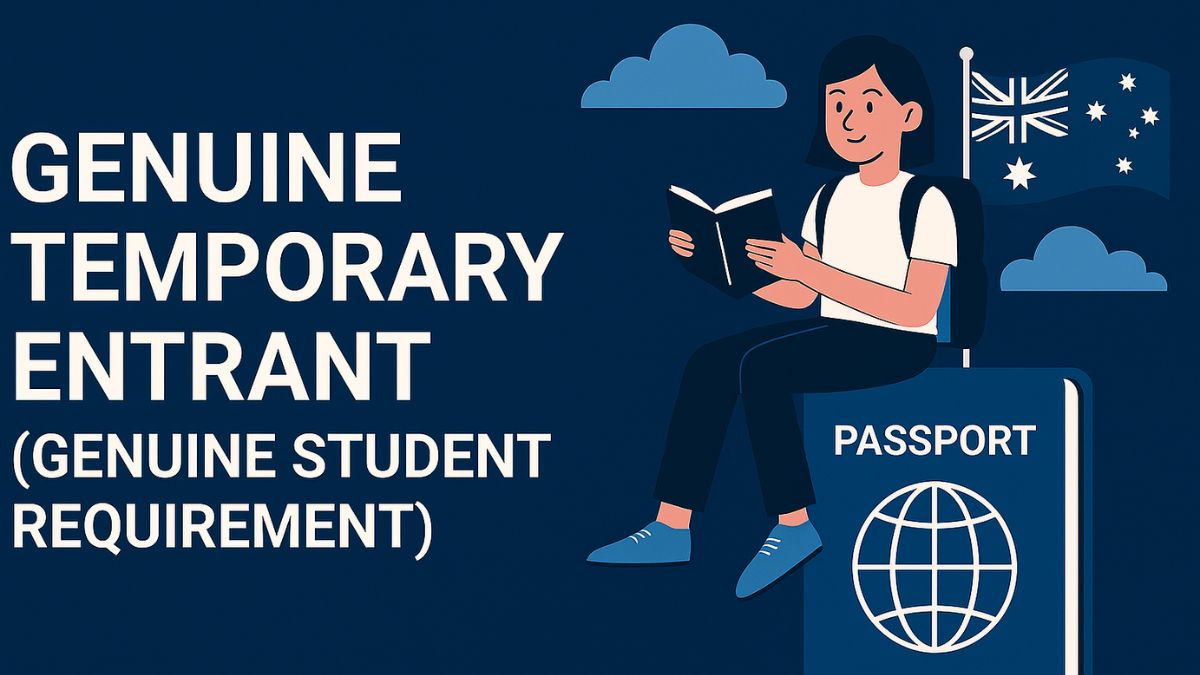
- January 5, 2025
- Heisenberg
- 0
Australia has long been an attractive destination for skilled workers due to its strong economy, high quality of life, and diverse job opportunities. However, like many countries, Australia’s migration policies are not static. Periodic updates to these policies reflect shifting economic needs, demographic changes, and evolving global conditions. For skilled workers, these changes can have significant implications, influencing everything from visa pathways to labor market demands. Understanding how these updates impact skilled migration is essential for those considering moving to Australia or seeking to enhance their career prospects within the country.
In recent years, Australia has introduced several key reforms aimed at attracting highly skilled professionals while addressing labor shortages in specific industries. These updates have been influenced by factors such as Australia’s growing emphasis on technology and innovation, changes in the global job market, and the nation’s broader economic goals. For skilled workers, staying informed about these developments is crucial for navigating Australia’s evolving immigration landscape.
Key Migration Policy Updates in Australia
The Australian government regularly reviews its migration policies to align with both domestic labor market demands and international immigration trends. Several notable updates have taken place in recent years, particularly concerning skilled migration. Here are some key changes shaping Australia’s current immigration framework for skilled workers:
1. Reduction in Permanent Migration Numbers
One of the most significant updates has been the reduction in the overall number of permanent skilled migration places available. Historically, Australia has welcomed large numbers of migrants under programs like the Skilled Migration Visa (subclass 189, 190, and 491). However, in response to shifting economic conditions, the government has tightened these pathways, reducing the annual cap on skilled migration. This aims to focus more on high-quality candidates who contribute to the country’s specific labor market needs rather than large-scale inflows.
2. Emphasis on Regional Migration
A key component of Australia’s migration strategy is encouraging skilled workers to settle in regional areas. The government has introduced or expanded regional visas such as the Subclass 491 Skilled Work Regional (Provisional) visa. These policies are designed to alleviate workforce shortages in rural and regional areas, offering greater incentives for migrants who are willing to live and work outside major cities like Sydney or Melbourne. Skilled workers who opt for regional migration are often rewarded with longer-term pathways to permanent residency.
3. Revised Points System
Australia’s points-based migration system has undergone modifications to better reflect the country’s economic priorities. The points system assesses applicants based on factors such as age, work experience, language proficiency, and educational qualifications. Recent updates have placed greater emphasis on skills that are in high demand, particularly those aligned with industries like technology, healthcare, engineering, and the sciences. As a result, applicants with high-value skills are more likely to secure invitations to apply for skilled migration visas.
4. Increased Focus on Industry-Specific Needs
Australia’s migration policies now place greater emphasis on attracting skilled workers in high-demand industries. The government regularly publishes a Skilled Occupation List (SOL) and a Regional Occupation List (ROL), which outline the professions most needed across the country. These lists have been updated to reflect current labor shortages, particularly in areas such as information technology, healthcare, engineering, and the trades. Skilled workers in these fields are given higher priority when applying for skilled migration visas.
5. Streamlined Pathways for High-Performing Applicants
In response to labor shortages and global competition, Australia has introduced more streamlined pathways for high-performing applicants. The introduction of pathways like the Global Talent Visa (subclass 858) aims to attract highly skilled professionals with expertise in emerging technologies and sectors identified as key to Australia’s future. This visa provides a fast-tracked route to permanent residency for top-tier talent, offering benefits such as reduced processing times and increased flexibility.

Implications for Skilled Workers
These policy updates have significant implications for skilled workers who wish to migrate to Australia. The changes prioritize candidates who possess skills aligned with Australia’s current and future economic needs, particularly in industries facing labor shortages.
1. Opportunities in High-Demand Sectors
For skilled workers in fields such as technology, healthcare, engineering, and the sciences, the tightening of migration pathways can be seen as an opportunity rather than a barrier. Professionals with expertise in these areas are more likely to meet the eligibility criteria under Australia’s revised points-based system and occupation lists. The increased focus on high-demand sectors ensures that skilled workers in these industries have a stronger chance of securing invitations to apply for migration.
2. Regional Migration and Settlement Benefits
The emphasis on regional migration creates new opportunities for skilled workers willing to relocate to areas outside major cities. By opting for regional visas, applicants may receive benefits such as additional points under the points system and the potential for faster pathways to permanent residency. These changes are designed to stimulate economic growth in less densely populated areas, which is beneficial both for migrants and for the regions themselves.
3. Longer-Term Residency and Employment Stability
The reduced cap on skilled migration ensures that Australia continues to attract high-quality talent while maintaining a balance between economic needs and workforce capacity. Skilled workers who can meet the updated requirements may find more stability and security, particularly in sectors that are prioritized. Additionally, the streamlined pathways introduced for high-performing applicants contribute to shorter processing times, providing clarity and reduced uncertainty.
Conclusion
Australia’s migration policy updates have played a vital role in shaping the country’s approach to skilled migration. By focusing on high-demand sectors and encouraging regional migration, these changes aim to ensure that Australia’s workforce remains competitive in a rapidly evolving global economy. Skilled workers, particularly those with expertise in technology, healthcare, and other high-priority areas, are well-positioned to benefit from these policy adjustments.
For those considering migration, staying informed about Australia’s evolving migration policies is essential. By understanding how these changes align with economic priorities, skilled workers can better navigate the pathways available and position themselves for successful migration.
For more updates on Australia’s Migration policy and related topics, keep an eye on our blog for comprehensive and trustworthy information.




















